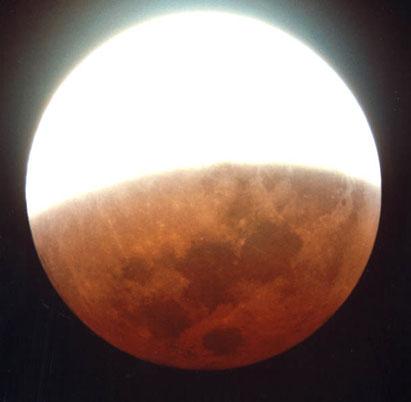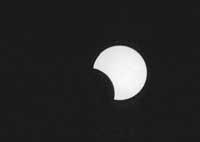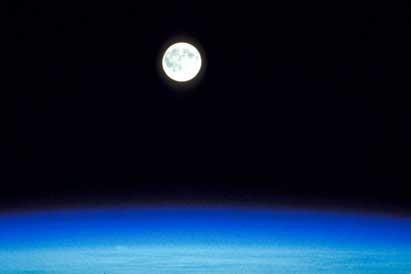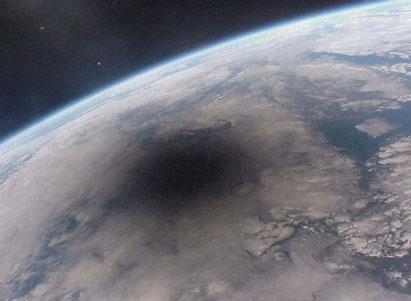First total lunar eclipse of the century
2001/01/09 Elhuyar Zientzia

Sensationalist headline, right? But let's go to the thread, how do moon eclipses occur?
The lunar eclipse occurs when the Earth stands between the Moon and the Sun. Then, the shadow of the earth makes the full moon disappear for an hour. Unlike the solar eclipse, lunar eclipses can be seen from the hemisphere in which it is night at that time and, in this case, from Euskal Herria. However, the moon does not disappear at all, as the solar rays are refracted in the Earth's atmosphere and therefore some rays can be tilted so that they illuminate the surface of the moon.
Another difference between the eclipses of Moon and Sun is the tonality. Within the Earth's atmospheric transparency, the moon can adopt different tones. This happened, for example, after the explosion of the Pinatubo volcano in the Philippines in 1991: atmospheric dust caused the appearance of the reddish moon in all eclipses. However, with a clean atmosphere the moon can darken almost completely.
The lunar eclipse will begin today at 20:42 in the afternoon, at 20:49 the moon will be completely hidden and will not reappear until 21:51. The eclipse will end at 23:00. If you have the opportunity to see it, don't miss it and, if you don't have a chance, you will have to wait until May 2003, if you see it from Euskal Herria!

Gai honi buruzko eduki gehiago
Elhuyarrek garatutako teknologia





